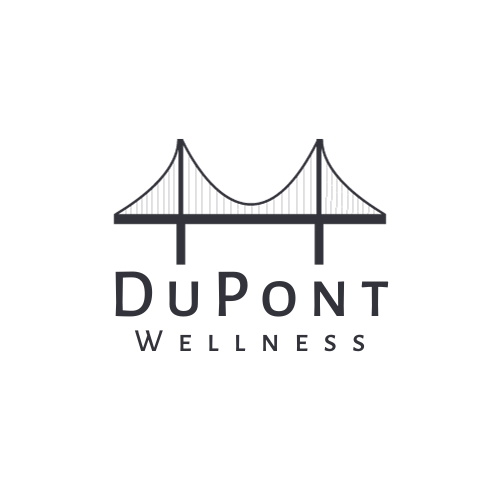Instrument Assisted Soft Tissue Mobilization (IASTM)
Instrumented Assisted Soft Tissue Mobilization, commonly known as IASTM and includes techniques like the certification program of ASTYM (Augmented Soft Tissue Mobilization), is an innovative therapeutic technique that has revolutionized the field of physical therapy. Utilizing specialized handheld instruments, IASTM effectively treats soft tissue dysfunctions, injuries, and muscular imbalances to restore optimal function and expedite the recovery process.
IASTM involves the skilled use of ergonomically designed instruments to detect and treat scar or fibrotic tissue, fascial restrictions, and other soft tissue restrictions. The instruments have various shapes and edges that allow therapists to feel fibrotic tissue and apply controlled pressured strokes to the affected area, targeting specific problematic regions with precision. This manual therapy technique stimulates the body's natural healing response and induces an improved range of motion.
Physical therapists employ IASTM in the treatment of numerous musculoskeletal conditions, including but not limited to tendonitis, plantar fasciitis, carpal tunnel syndrome, rotator cuff injuries, and joint sprains. IASTM is highly versatile, suitable for patients of all ages and fitness levels. It can be incorporated into various therapeutic interventions, such as strengthening exercises, stretching programs, and proprioceptive training.
The benefits of IASTM in physical therapy are substantial. Firstly, it effectively breaks down scar tissue, adhesions, and fascial restrictions, promoting tissue remodeling and improved mobility. By reducing these restrictions, IASTM increases blood flow to the treated area, allowing essential nutrients to reach the damaged tissue and promoting faster healing. It also stimulates the production of collagen, aiding in tissue repair and regeneration.
IASTM not only helps in pain reduction but also improves joint function and range of motion. The therapy reduces muscle tension, restores muscle balance, and enhances muscle strength, resulting in improved movement patterns and posture. Furthermore, the treatment can improve lymphatic drainage and decrease swelling, which is particularly beneficial for patients recovering from orthopedic surgeries or suffering from chronic edema.
In conclusion, IASTM is a cutting-edge therapy in the field of physical therapy. Its ability to mobilize soft tissues, break down scar tissue, and restore range of motion makes it a powerful tool for rehabilitation, pain management, and performance enhancement. The benefits of IASTM extend to patients of diverse conditions and ages, making it an invaluable addition to any comprehensive physical therapy program. Embracing this technique allows therapists to optimize patient outcomes, restore function, and foster a greater quality of life.
